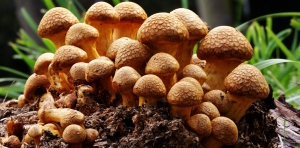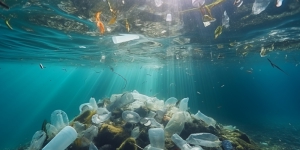The Future is Fungi Award is back, championing pioneering solutions that harness fungi and mycelium to tackle some of today’s biggest environmental challenges. The initiative aims to help startups and science entrepreneurs turn their ideas into impactful businesses.
For startups
- € 250,000 SAFE investment to accelerate growth
- Access to a global expert network across corporates, research institutes and startup mentors (including L’Oréal, Novonesis, Stanford, BASF and DSM-Firmenich)
- Visibility through the Fungal Hall of Fame and international media features
For science entrepreneurs
- A three-month venture builder program to transform research into a startup
- Financial support to kick-start the journey
- Access to the same worldwide network of experts
- Recognition and media coverage for the global winner
Key dates
- Startups: applications open September 10 - October 1
- Science entrepreneurs: applications open in December
With the Future is Fungi Award, innovators get a chance to bring their ideas to a global stage, and help build a more sustainable future.
Find out more and apply at www.futureisfungi.org.
Mycelium, the root-like structure of mushrooms, is showing promising potential in combating ocean plastic pollution. Innovators are using this eco-friendly material to create biodegradable buoys, offering a sustainable alternative to traditional plastic options. Here’s how this mushroom-powered solution is making waves:
Key Takeaways:
- The Problem: Conventional plastic buoys contribute to ocean plastic waste, harming marine life
- The Solution: Buoys made from mycelium provide a natural, biodegradable alternative
- Environmental Impact: Mycelium buoys can decompose naturally, leaving no toxic residues, reducing ocean waste
- Scalability: This innovation could pave the way for wider use of mycelium in marine industries, promoting a circular economy
This is a great example of how nature-inspired technologies can help tackle pressing environmental challenges!
Please read the full article here.
Source: Modern Farmer






















